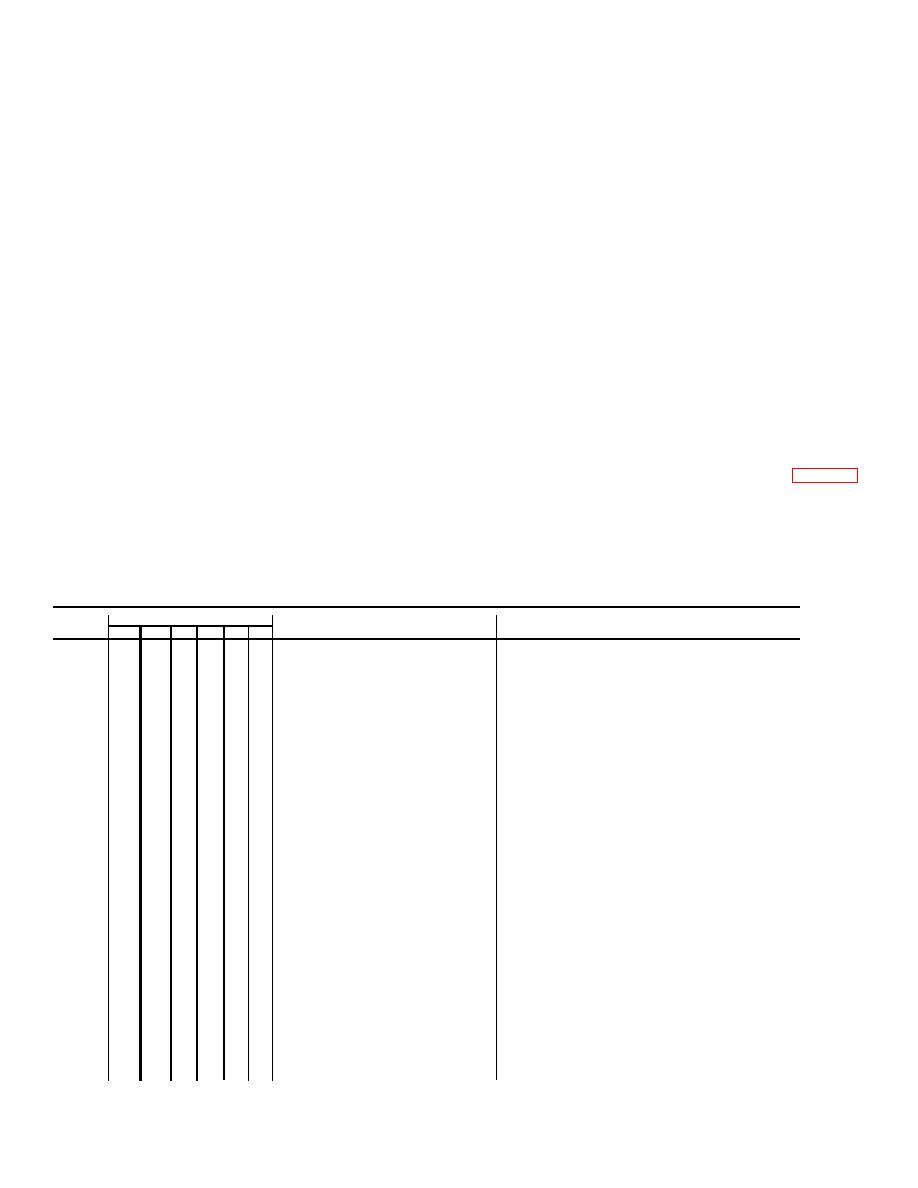
TM 9-2330-271-14&P
(1) Keep it clean: Dirt, grease, oil and debris
e. It is necessary for you to know how fluid
only get in the way and may cover up a serious problem.
leaks affect the status of your equipment. The following
Clean as you work and as needed. Use safety solvent
are definition of the types/classes of leakage you need to
(Item 19, Appendix F) to clean metal surfaces. Use soap
know to be able to determine the status of your
and water when you clean rubber or plastic material.
equipment.
Learn and be familiar with them and
(2) Bolts, nuts and screws: Check that they
REMEMBER - WHEN IN DOUBT, NOTIFY YOUR
SUPERVISOR.
are not loose, missing, bent or broken. You can't try
Leakage definitions for Organizational PMCS
them all with a tool, of course, but look for chipped paint,
CLASS I
Seepage of fluid (as indicated by wetness
bare metal or rust around bolt heads. Tighten any that
or discoloration) not great enough to form
you find loose.
(3) Welds: Look for loose or chipped paint,
drops.
CLASS II
Leakage of fluid great enough to form
rust or gaps where parts are welded together. If you find
drops but not enough to cause drops to
a bad weld, report it to direct support.
drip
from
the
item
being
(4) Electric wires and connectors: Look for
checked/inspected.
cracked or broken insulation, bare wires and loose or
CLASS III
Leakage of fluid great enough to form
broken connectors. Tighten loose connections and
drops that fall from the item being
make sure the wires are in good condition.
checked/inspected.
(5) Hoses and fluid lines: Look for wear,
damage and leaks. Make sure clamps and fittings are
4-12.
Specific Procedures
tight. Wet spots show leaks, of course, but a stain
around a fitting or connector can mean a leak. If a leak
comes from a loose fitting or connector, tighten it. If
Specific procedures for performance of preventive
something is broken or worn out, either correct it or
maintenance checks and services are given in table 4-1.
report it to direct support (refer to MAC Chart).
Table 4-1. Organizational Preventive Maintenance Checks and Services
Q=Quarterly
A=Annually
H=Hours
S=Semiannually
B=Biennially
MI=Miles
ITEM
INTERVAL
Item To
NO
Q S A B H MI
Be Inspected
Procedures
TIRES/WHEELS
1
Gage for correct pressure
2
Inspect for cuts, punctures, or
other unusual wear or damage
3
Inspect tires for rocks or other foreign
objects, missing valve caps, or damaged
valve stems.
4
Check wheels for loose or missing lug
nuts.
BRAKE/HYDRAULIC LINES
5
Visually inspect for any indication of oil
or brake fluid leaks.
6
Inspect for leaks in air brake system by
stopping towing vehicle when air pressure
is at maximum and verifying that
there is no appreciable drop In air pressure
within one minute.
INTERVEHICULAR CONNECTORS
7
Check electrical connector, service
brake, and emergency brake couplings
for damage
ELECTRICAL SYSTEM
8
Inspect wiring harness (es) for cracks in
insulation, damaged connectors, bro-
ken or damaged conductors,
4-8

